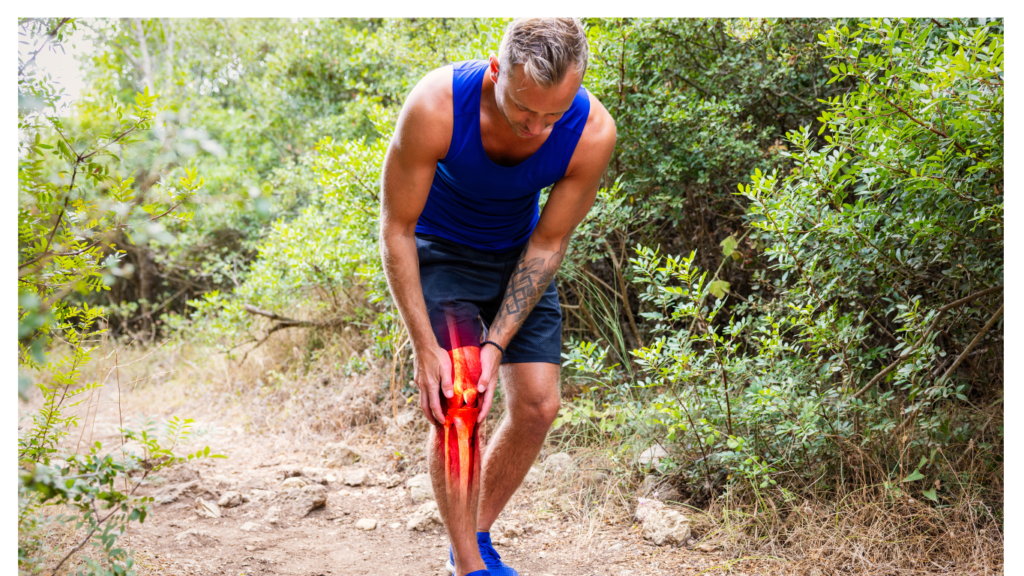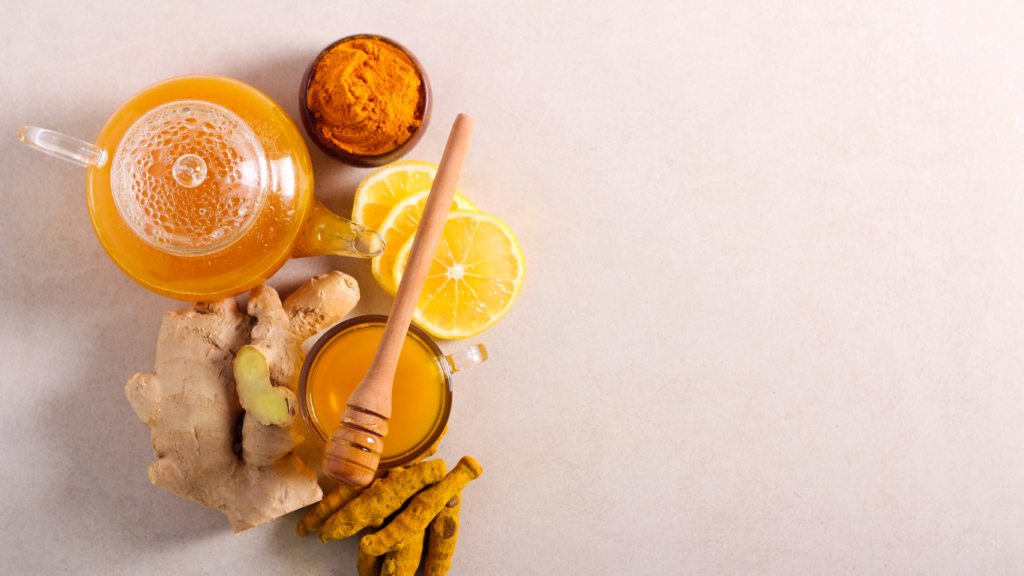
Joint pain during the monsoon season is often reported by many individuals, particularly those suffering from conditions like arthritis.
There has been some research to support the idea that changes in weather, particularly increased humidity and changes in atmospheric pressure, can aggravate joint pain. Some people consider it a myth because not everyone experiences this phenomenon. Some suggest that the anticipation of pain due to common beliefs may lead to a placebo effect, where individuals feel more pain simply because they expect to.
While psychological factors may sometimes make you feel that you have pain, scientific studies have observed that there are physical changes too during this season.
Let us see how joint pain might increase during the monsoon season as per studies. Here are some reasons :
Changes in Atmospheric Pressure: Studies suggest that changes in barometric pressure, which are common during rainy seasons, can lead to joint pain. When the pressure drops, tissues in the body may expand, putting pressure on joints and causing pain. This is particularly noticeable in people with arthritis, as their cartilage is already compromised, making them more sensitive to these changes.
Humidity and Dampness: High humidity levels can increase the perception of pain. Humidity can cause the tissues around the joints to swell, leading to discomfort and stiffness. Damp weather can also make muscles and ligaments around the joints stiff, contributing to increased pain for those with conditions like osteoarthritis or rheumatoid arthritis.
Reduced Physical Activity: During the monsoon, people tend to be less active due to the weather, leading to increased stiffness and pain in the joints. Regular movement is crucial for joint health. Lack of exercise can result in decreased flexibility and increased pain.
Inflammation: Some studies indicate that the monsoon season can trigger inflammatory responses in the body, exacerbating conditions like arthritis. Increased inflammation leads to more pain and stiffness in the joints.
This research outcome suggests that pain during monsoon may not be just a myth but a reality that many people face during the season.

If you are suffering from joint pain, it’s important to prepare yourself for the season accordingly.
Here are a few tips for managing joint pain during monsoon.
Stay Warm and Dry: Wear warm and comfortable clothing and avoid getting wet in the rain. You may use heating pads or warm compresses on painful joints to ease your discomfort.
Regular Exercise: Regularly do low-impact exercises such as yoga, swimming, or cycling to keep joints flexible and reduce stiffness. If outdoor is not feasible do some indoor exercises like stretching and yoga indoors.
Maintain a Healthy Diet: Eat a healthy balanced diet rich in anti-inflammatory foods such as fruits, vegetables, nuts, and fatty fish. Avoid foods that can cause inflammation, like processed foods and sugary snacks.
Weight Management: Maintain a healthy weight to reduce the stress on your joints. Excess weight can increase joint pain, especially in weight-bearing joints like the knees and hips.
Use Supportive Gear: Use supportive footwear and joint braces if necessary. This can help reduce the strain on your joints during activities.
Massage Therapy: Regular massages can help improve circulation and reduce stiffness in the joints. Use warm oils like sesame or mustard oil for added relief.
Maintain a Healthy Weight: Excess weight may strain the knee and ankle joints and worsen pain. Maintain a healthy body weight to reduce the load on your legs to ease discomfort.
Choose Appropriate Footwear: Choose footwear wisely that provides good arch support and cushion for your feet. This reduces stress on the joints. Avoid wearing high heels that lack proper support.
Practice Good Posture: Maintain proper posture while sitting, standing, bending, and walking to distribute weight evenly across your joints. Slouching and poor posture can worsen your symptoms.
Apply Heat or Cold Therapy: Applying a hot or cold compress to your joints can help reduce pain and inflammation. Heat therapy like a warm towel or heating pad, can also help relax muscles and improve blood circulation. Cold therapy like an ice pack wrapped in a cloth, can numb the area to reduce swelling and pain.
Stay Hydrated: Drinking a sufficient amount of water throughout the day helps to maintain the elasticity of cartilage along with keeping the joints lubricated.
Warm Oil Massage (Abhyanga): Ayurveda recommends the use of warm sesame oil or medicated oils like Mahanarayan oil or Dhanwantharam oil for massaging the joints. Regular oil massage helps improve circulation, reducing stiffness, and alleviating pain.
Stay Active: Avoid sitting or lying down for prolonged periods. Regular movement helps keep the joints flexible and reduces stiffness.
Consult a doctor: If joint pain becomes severe, consult a healthcare professional. They may recommend medications, physical therapy, or other treatments to manage your pain.
Hot Showers: Taking a hot shower can help relax muscles and ease joint pain. The warm water can provide temporary relief from stiffness and discomfort.
Use Assistive Devices: If required, you may consider using walking aids like knee caps or bands to provide stability and reduce strain on the knees.

Natural Remedies
Turmeric: Turmeric has anti-inflammatory properties. Add it to your diet or take turmeric supplements after consulting with a healthcare provider.
Ginger: Ginger can help reduce inflammation. Ginger tea or incorporating fresh ginger in your meals is a good idea.
Epsom Salt Bath: Soak in a warm bath with Epsom salts to reduce joint pain and inflammation. The magnesium in Epsom salts can help relax muscles and ease discomfort.
Apart from these, a healthy balanced diet including healthy fats like ghee, butter, and nuts helps manage joint pains during the rainy season.
By taking these measures, you can manage joint pain effectively during the monsoon season maintaining a better quality of life. Knee pain during monsoons can be a common problem, but with the right measures, you can find relief and prevent further discomfort. By incorporating these tips, you can keep your knees healthy and enjoy the rainy season.
Maintaining an active and balanced lifestyle along with appropriate medical guidance as needed are crucial aspects of managing knee pain effectively. Stay proactive and take care of your knees to embrace the joy that the monsoon season brings!